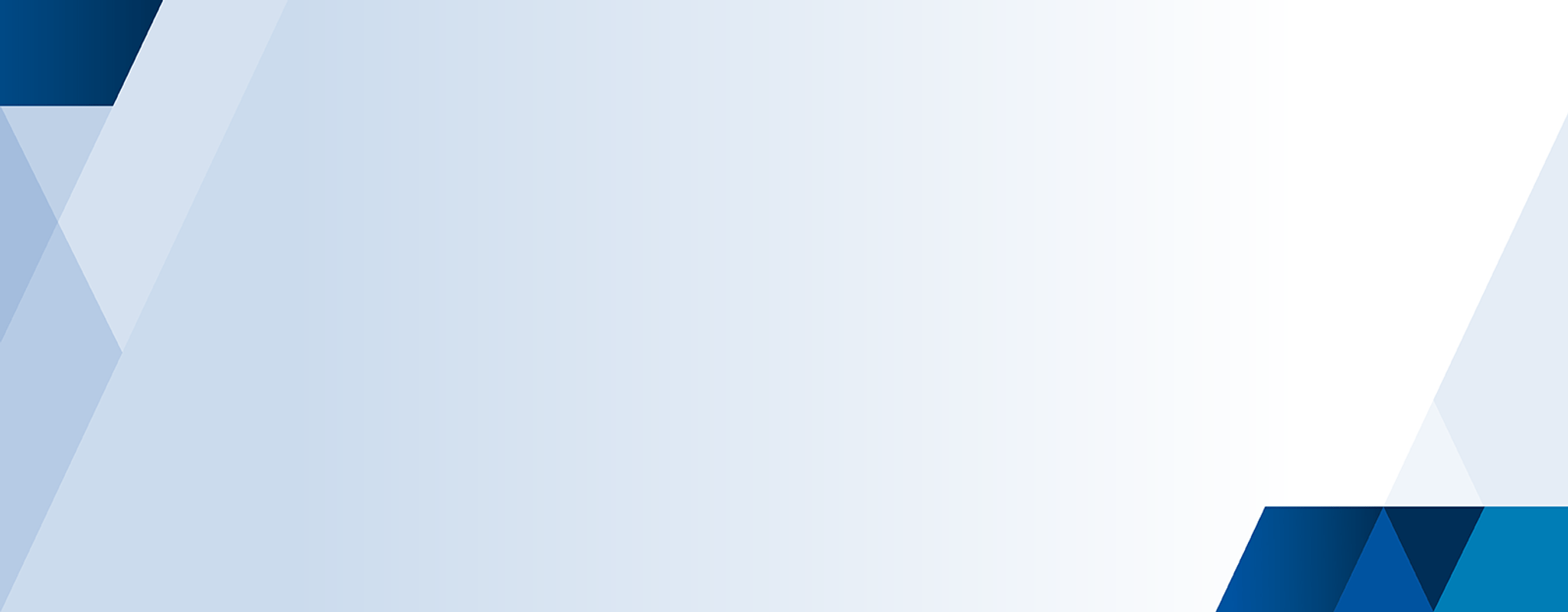What is diversity and inclusion?
Diversity is about what makes each person unique and includes our backgrounds, personality, life experiences and beliefs.
It is a combination of the visible and invisible differences that shape our view of the world, our perspective and our approach1.
Diversity may typically be seen as manifesting through attributes such as gender identity, sex characteristics and sexual orientation, ethnicity, language, faith, ability, age, mental health, socioeconomic status, housing status or geographic location.
It is the embodiment of all forms of diversity that enables and drives inclusiveness. Inclusion occurs when people feel a true sense of belonging and value regardless of their personal characteristics, circumstances or background.
What is intersectionality?
Intersectionality is an approach to understanding how social meanings relate to the way we categorise and self-identify can overlap and interconnect. This creates different layers and types of discrimination or disadvantage for either an individual or group.
Categories include gender, sexual orientation, sex characteristics, ethnicity, language, faith, class, socio-economic status, ability and age.2
The benefits of diversity and inclusion
There is clear evidence to demonstrate that achieving inclusion as a diverse organisation benefits our people, our organisation and our community.3
Reduced workplace harm
By bringing greater diversity to our workplaces, we will create an environment that prevents discrimination and workplace harm from occurring.
An inclusive workplace culture encourages treating people as individuals who are valued for their own skills and abilities.4
A more capable and modern police force
Evidence shows that diverse and inclusive teams are more productive and creative.
By removing discriminatory barriers to career advancement, we ensure that we have access to the full talent pool and build a workforce that reflects the capabilities and values of a modern policing organisation.5
Enhanced community trust of police
When diversity in the Victoria Police workforce better reflects the diversity in the Victorian community, we increase community trust in our ability to police with credibility, capability and accountability.
A workforce that understands the drivers of discrimination and prejudice motivated crime delivers better service.
With better understanding, we can address the drivers of discrimination internally, and better respond to Victoria’s diverse communities, keeping victims safe and holding perpetrators to account.6
Where are we at?
Victoria Police participates in the Victorian Public Sector Commission’s People Matter Survey.
The survey provides valuable insight into our culture and safety from employee perspectives. In 2021, 6889 Victoria Police employees responded to the People Matter Survey.7
1 Only skin deep? Re-examining the business case for diversity, Deloitte 2011
2 Victorian Government Department of Families, Fairness and Housing 2022, Pride in our future: Victoria’s LGBTIQ+ strategy 2022–32, Victoria, Australia
3 Saxena, A. (2014) Workforce diversity: A key to improve productivity. Procedia Economics and Finance, 11(1), 76-85.
4 Victorian Equal Opportunity Human Rights Commission (VEOHRC) (2019) Independent Review into sex discrimination and sexual harassment, including predatory behaviour in Victoria Police. Phase 3 audit and review, Victorian Equal Opportunity Human Rights Commission, Melbourne, Australia.
5 Ibid.
6 Victorian Equal Opportunity Human Rights Commission (VEOHRC) (2019) Proud, Visible, Safe, Victorian Equal Opportunity Human Rights Commission, Melbourne, Australia.
7 Rounding of percentages: People Matter Survey round numbers up or down to their nearest whole percentage. This means some percentages may not add up to 100 per cent.
Updated
